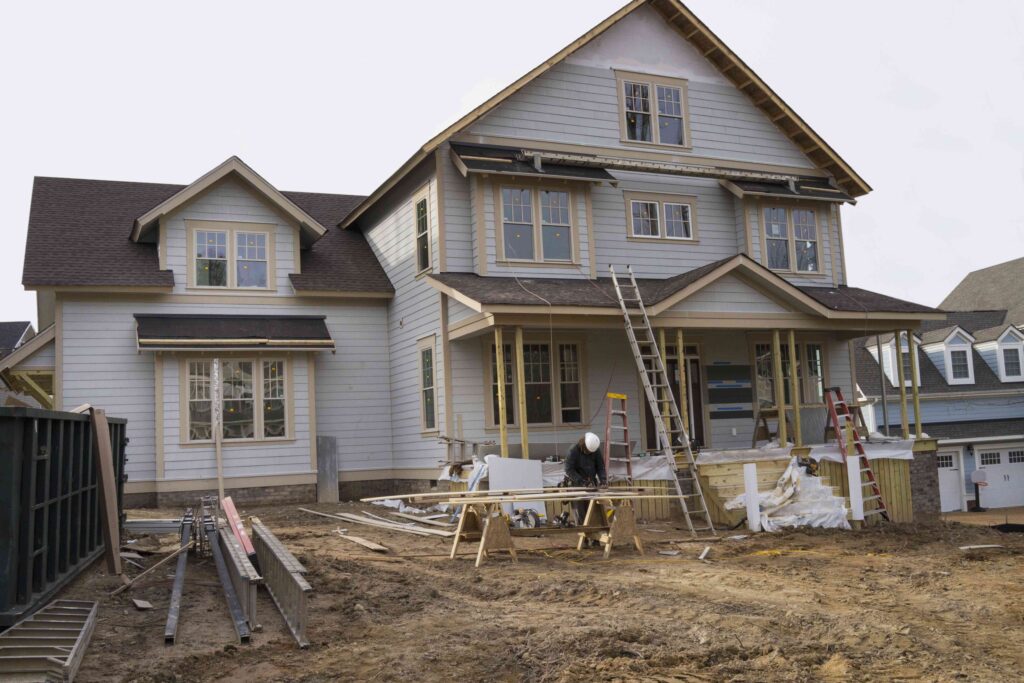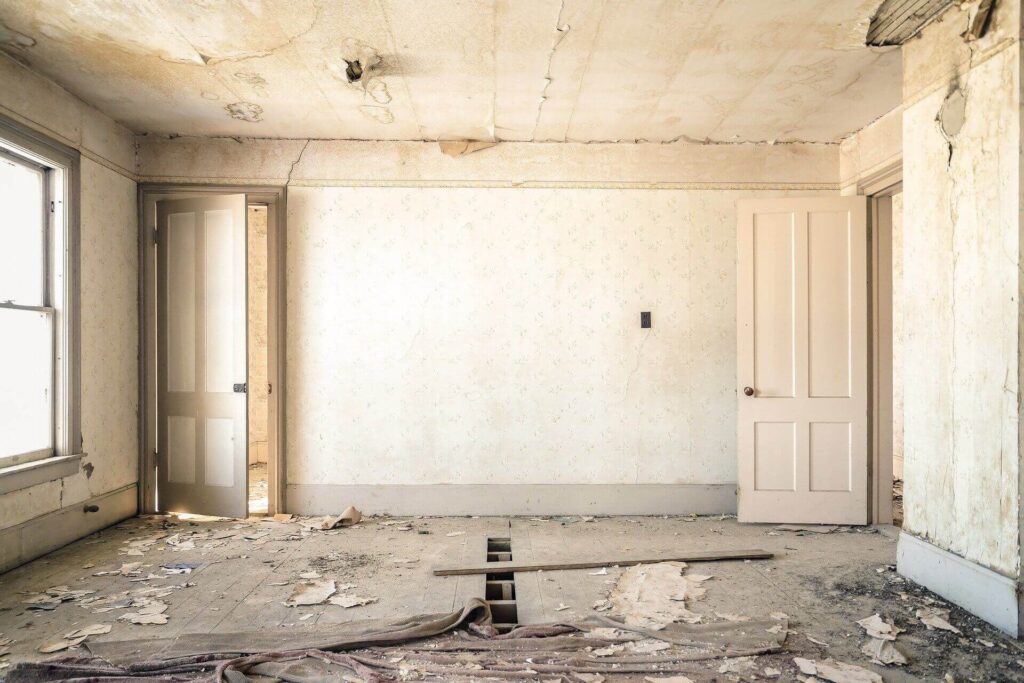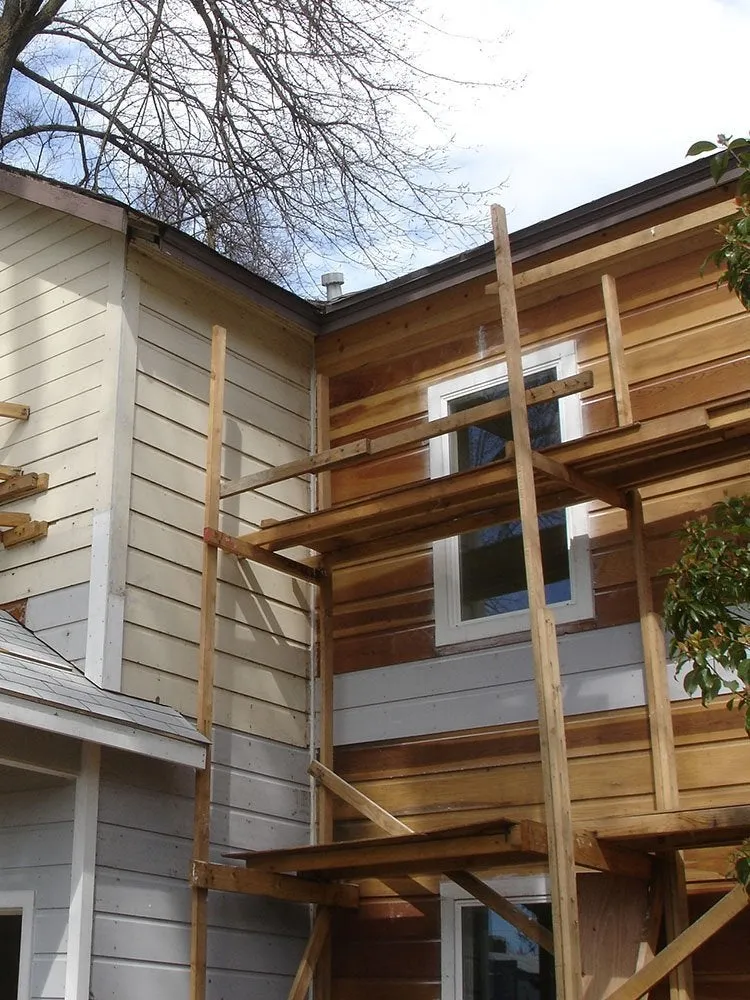Old houses have a charm you just can’t recreate. With their original woodwork, quirky layouts, and rich history, they offer something modern builds often lack—character. But let’s be honest: they also come with challenges. Aging systems, outdated floor plans, and hidden damage can make renovating or restoring an older home feel overwhelming.
If you’re dreaming of breathing new life into an older property—whether through a full-scale renovation, a few key updates, or careful restoration—this guide is for you.
Why Renovate or Restore an Old Home?
Choosing to work with an older home isn’t just about aesthetics. It’s a decision that can offer:
- Timeless architecture: Think crown molding, arched doorways, and original hardwood.
- Increased home value: Especially in desirable neighborhoods.
- A home with a story: No two old houses are the same.
- Better materials: Many older homes were built with high-quality wood and craftsmanship.
- The chance to stand out: Skip the cookie-cutter subdivisions and create something uniquely yours.

Renovation vs. Restoration: What’s the Difference?
It’s easy to confuse these terms, but each approach has a different goal:
| Term | What It Means | Focus |
|---|---|---|
| Renovation | Updating existing spaces—adding modern features, improving function and style | Function & Aesthetics |
| Restoration | Returning the home to its original state, using era-appropriate materials | Historical Accuracy |
| Remodeling | Changing the structure or layout—like knocking out walls or reworking a kitchen | Layout & Functionality |
Most projects blend these methods—like restoring original windows while updating the plumbing or opening up a closed-off kitchen.
Old Home Renovation Ideas That Honor the Past
Renovating doesn’t have to mean erasing history. Here are some smart updates that preserve your home’s charm:
1. Upgrade the Electrical and Plumbing
- Swap out outdated knob-and-tube wiring or galvanized pipes.
- Add grounded outlets and a modern electrical panel.
2. Preserve Trim and Moldings
- Sand and refinish original woodwork whenever possible.
- If replacement is necessary, match the original profile with custom millwork.
3. Restore Hidden Hardwood Floors
- Peel back carpet or linoleum—you may find beautiful hardwood underneath.
- Refinishing often costs less than installing new flooring and looks more authentic.
4. Modernize the Kitchen—Gently
- Maintain the layout if it works; restructure only when necessary.
- Combine old and new: shaker cabinets, apron-front sinks, or antique-inspired hardware.
5. Repair Original Windows
- Don’t rush to replace them. Many older wood-frame windows outperform today’s vinyl models.
- Add storm windows for energy efficiency without losing the look.
6. Insulate Without Compromising Charm
- Use blow-in cellulose insulation inside walls.
- Insulate attics carefully to protect original ceiling details.

Renovation Challenges & How to Tackle Them
| Home Feature | Common Issues | What to Do |
|---|---|---|
| Foundation | Settling, cracks | Hire a structural engineer before any interior work |
| Roof | Poor ventilation, leaks | Choose modern materials that mimic the original style |
| Lead/Asbestos | Found in pre-1978 homes | Work with certified removal experts |
| Layout | Tight rooms, small kitchens | Open walls where needed—but preserve what you can |
| Windows | Drafty, hard to operate | Restore or add storm panes for comfort and efficiency |
Budgeting: What Does It Cost to Renovate an Old House?
The price tag can vary a lot depending on how much work is needed. Here’s a rough breakdown:
| Project Scope | Estimated Cost |
|---|---|
| Cosmetic upgrades | $15,000–$40,000 |
| Major system updates | $40,000–$100,000 |
| Full-home renovation | $100,000+ |
| Historical restoration projects | Varies (can be expensive) |
Tip: Always leave 15–20% of your budget for unexpected issues—hidden water damage, structural fixes, or outdated materials are common surprises.
Frequently Asked Questions
Is it worth renovating an old house?
Yes—if the bones are good. Older homes often feature better craftsmanship and can offer a solid return on investment.
What should I fix first?
Start with the essentials: plumbing, electrical, HVAC, and the foundation. Make sure the home is safe before focusing on looks.
Can I blend modern design with historic details?
Definitely. Transitional style—mixing old and new—is popular and practical. For example, pair vintage trim with sleek light fixtures or modern tile.
Do I need permits?
In most cases, yes—especially for major structural, plumbing, or electrical changes. If your home is in a designated historic district, you may also need special approvals.
How can I uncover original features?
Remove newer layers carefully. Check behind drywall, under carpets, or in the attic. Old blueprints or city records can also reveal hidden gems.

Final Thoughts
Renovating or restoring an old home isn’t always easy—but it’s one of the most satisfying projects you can take on. These homes have stories worth preserving, and with the right updates, they can offer all the comfort of modern living without losing their soul.
